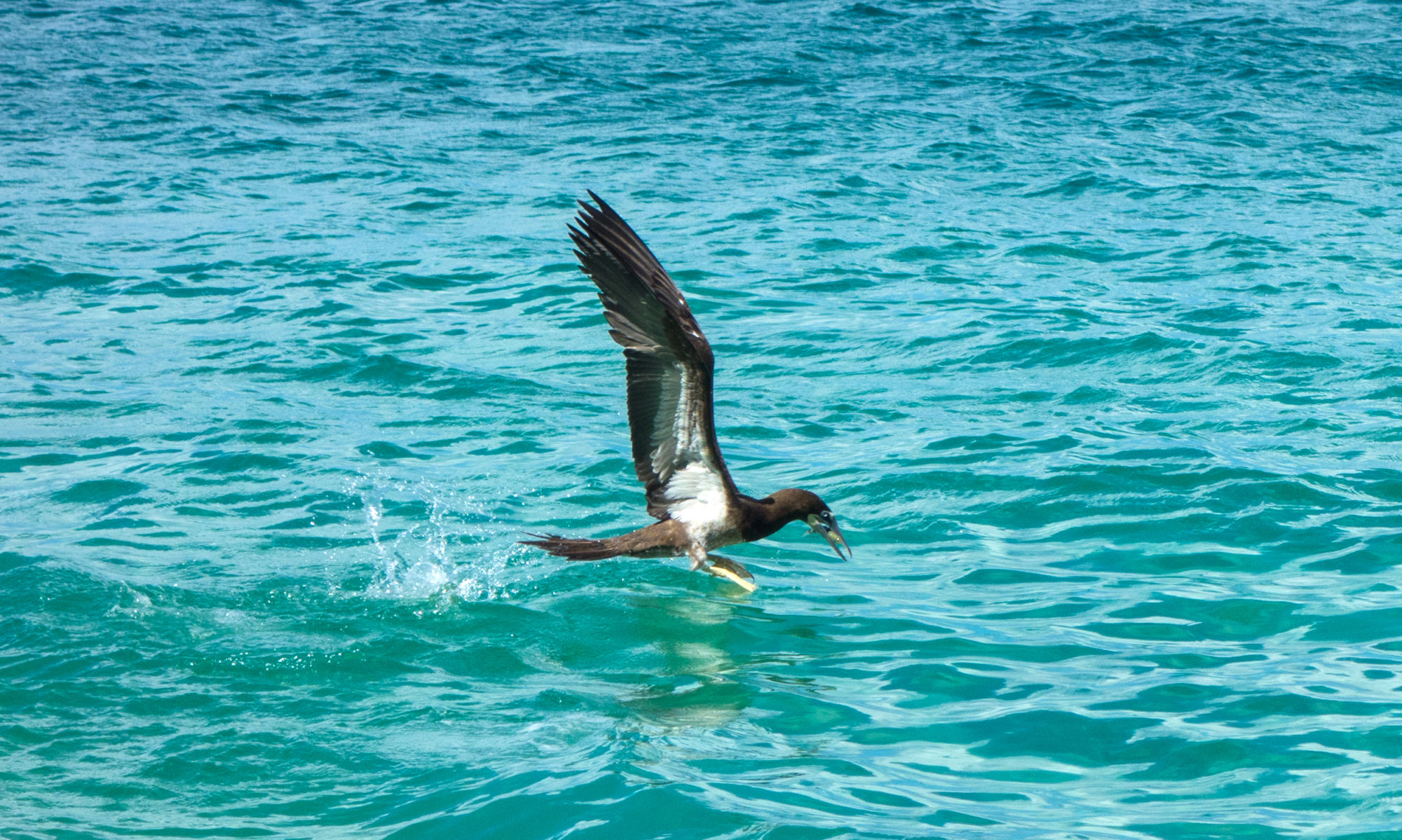I first learned about scorpionfish from my instructor when I took diving lessons back in the 80s, and kept my eyes peeled for them at every dive site we visited. My efforts to spot the elusive fish were in vain – they are masters of camouflage and therefore difficult to spot. Scorpionfish don’t move very much, they prefer to blend into their surroundings and snatch unsuspecting victims with their large mouths once the prey is close enough for them to do so. They have the ability to look just like a rock on the ocean floor (which is why they’re sometimes referred to as stonefish), or appear to be a lump of colourful coral, and woe to the person who steps on or touches one accidentally!

The scorpionfish comes from the large scorpaenidae family and, while not a large fish, it’s reputed to be the most venomous creature in the sea! These fish have several sharp dorsal spines that contain powerful venom, a neurotoxin that can cause excruciating pain and swelling. The scorpionfish found in our waters (the spotted variety being the most common) are not as venomous as those in places such as the Pacific, but can still give a nasty and exceedingly painful puncture wound. In other parts of the world the venom


can be lethal, causing breathing problems, damage to the heart, fits and paralysis. There IS an anti-venom, but if it isn’t delivered quickly enough the sting can be fatal. Boiling hot water is the best way to treat a scorpionfish sting, as hot as humanly possible. This helps to inactivate the venom by slowing down its circulation under the skin. The heat also helps to relieve the pain, plus the hot water will cleanse the wound of any dirt, debris or venom.

Other than being venomous (and yes, the lionfish DOES belong to the same family!), scorpionfish are unusual in that they’re able to survive out of water for up to 24 hours by absorbing oxygen through the skin. They’re loners, and don’t like the company of others except when it’s time to mate. Coral reefs, rocky sea floors and warm water is their habitat, where they lay in wait to eat small fish and crustaceans. They only use their venomous spines when attacked, which is why it’s important to be careful while diving or walking amongst rocks in shallow water – you do NOT want to be stung by a scorpionfish!


I’ve never eaten scorpionfish, nor have I ever seen it listed on a menu, although in some parts of the world it’s considered a delicacy. I can understand WHY it’s not sold here – what fisherman in his right mind would want to make a living dealing with such venomous creatures? Finding them would be hard enough but catching them? That’s a whole different kettle of fish!




